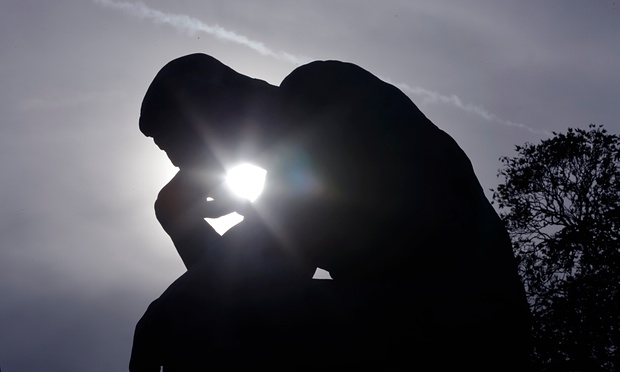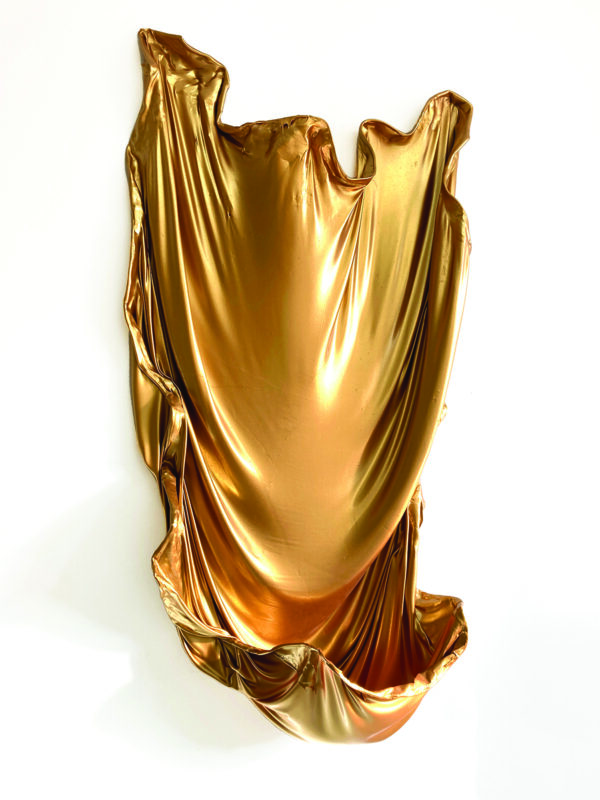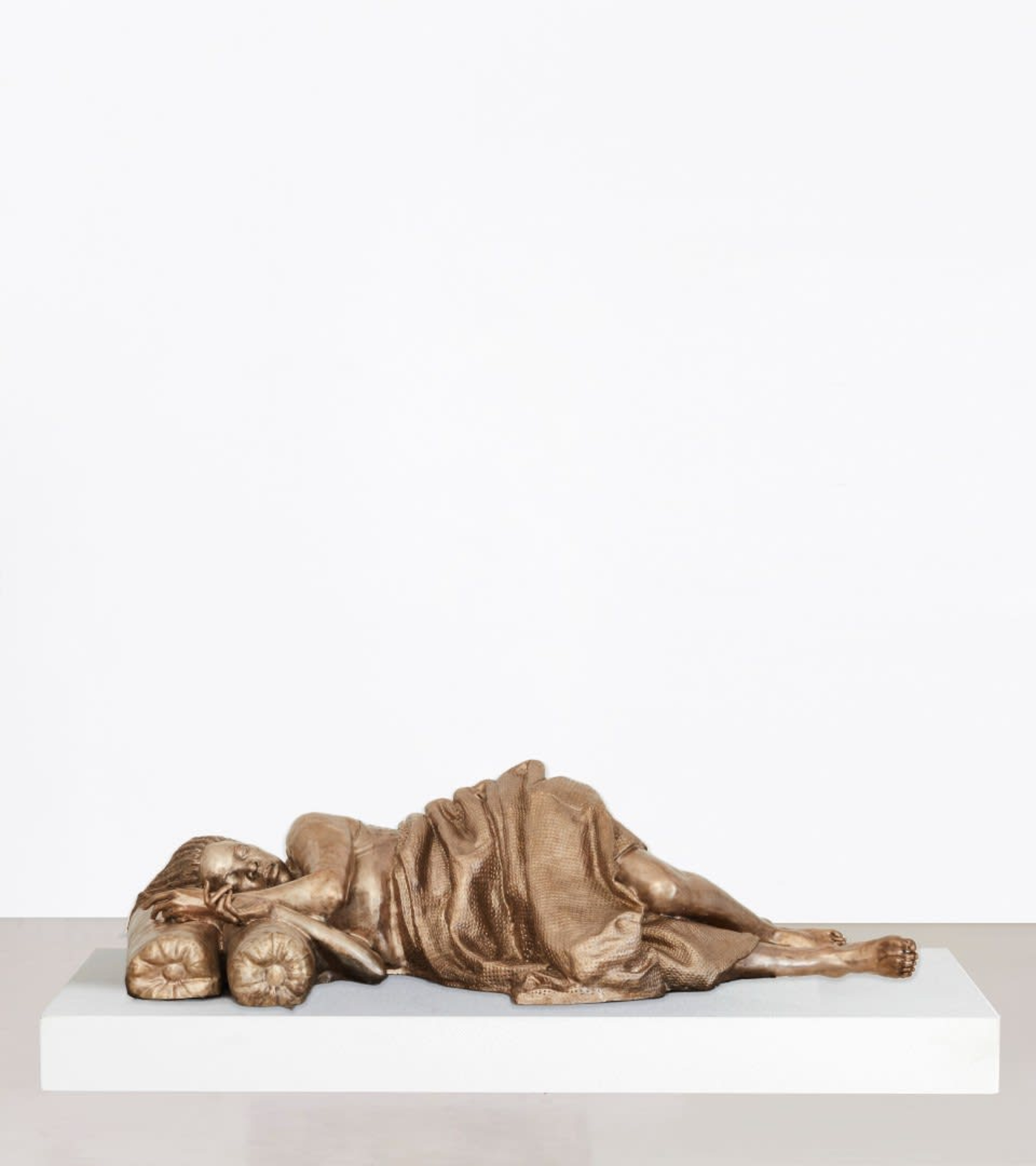
Thinking man’s chocolate … Rodin’s Le Penseur. Photograph: Philippe Wojazer/Reuters
The once shabby mansion in Paris where the sculptor Auguste Rodin worked until his death in 1917, reopens to the public on 12 November – and it is now so chic, warm, accessible and elegant that the artist would surely have been astonished.
The splendid high-ceilinged rooms and strengthened floors of this, the Hotel Biron, are full of sculptures once more – not just Rodin’s work, but sculptures by his pupil and lover Camille Claudel (which have been brought out of storage for the first time) and thousands of fragments of Greek and Roman sculptures that he bought by the crateload for inspiration.
Other works on show for the first time include walls full of Rodin’s earliest paintings – sparkling landscapes from a time when the most famous French sculptor wasn’t sure whether paint or marble would turn out to be his medium.

Some of his most fragile works, newly conserved, show an unfamiliar side to the great man – his sense of humour. One room holds his “assemblages”, startling combinations of antiques and his own plaster sculptures, like a diminutive naked woman scrambling out of a 2,000-year-old Greek wine cup. “This is Rodin playing,” says curator Bénédicte Garnier. “This has no purpose but to make you smile.” Another dazzling room holds some of his art collection – which includes a Monet, a Renoir and three works by Van Gogh.
In his lifetime, Rodin struggled to maintain his palatial workplace, and the three-year renovation, which has cost 16m euros, is the most comprehensive since it was converted into a public museum in 1919. He never owned the building, but in 1909 bequeathed his entire estate – including the copyright on all his work, and all the collections that filled his rented rooms – to the French state. He gave the gift on the condition that they were kept in the mansion where he felt the beautiful rooms, and the light from the huge windows, showed them at their best. The museum, and this restoration programme, has been partly funded ever since by selling licensed bronze casts of his work.

Restoring his legacy, culture minister Fleur Pellerin said, was “not merely a technical necessity – it was a moral duty”. Before it closed, the museum was attracting more than 700,000 visitors a year, who were trampling it to near destruction. Swaths of the magnificent original parquet flooring (where gaping holes had been patched with plywood for decades) and half of the doors and window frames, have had to be copied and replaced. A unique new lighting scheme, the first in any European museum, reacts automatically to natural light levels. It can be reprogrammed for each season with every bulb controlled from an iPad, and it sheds warmer light on plaster, colder on bronze.
Rodin, born in 1840, created some of the most famous sculptures in the history of art, including the Thinker, the Burghers of Calais, and the interlocked lovers half dissolved into the marble of The Kiss.
He was already an international star when he rented space at the Hotel Biron after an ecstatic letter from the poet Rainer Maria Rilke, his former secretary, which vividly evoked the shabby splendour of the dilapidated building and its abandoned garden, “where trusting rabbits can sometimes be seen leaping through the trellises like figures in an ancient tapestry”. (The gardens, the architect confirmed, are still full of rabbits, who have been watching their work curiously.)
The mansion, built in 1730, had become a convent in the 19th century and was stripped of much of its original elaborate decoration. Confiscated by the state, it was saved from demolition in the early 20th-century by a glamorous group of artists who moved in
, including Jean Cocteau, Henri Matisse and the dancer Isadora Duncan.

Rodin took over the light-filled suite of south-facing, ground floor rooms, once the grand drawing rooms where aristocrats and diplomats had entertained. With the threat of demolition still hanging over the property, one by one the others found more conventional lodgings. But Rodin stayed on and gradually took over the entire building. It opened to the public as the Musée Rodin two years after his death, followed by the garden, which was restored from an overgrown tangle to its original landscaping, in 1926. Both house and garden are listed as national historical monuments.
Inside, the old cracked and grubby white walls have been banished. After scrapes and trial patches of 80 different shades, the paint company Farrow and Ball created a new colour especially for the museum: fans will not be surprised to learn that it is grey – but a special grey, Biron Gray no less.
The opening displays include a unique tribute to the artist, in the nuns’ former chapel, which now serves as a temporary exhibition space. The chocolate-maker Patrick Roger, who is displaying chocolate versions of The Thinker in all his shop windows, has created a Rodinesque sculpture that will remain in place until February. The towering, tree trunk-sized sculpture looks and smells alluringly like chocolate, but to the disappointment of all visitors, is labelled “non-edible”.
• Musée Rodin, Paris, open Tuesdays to Sundays from 12 November 2015.
guardian.co.uk © Guardian News & Media Limited 2010
Published via the Guardian News Feed plugin for WordPress.









